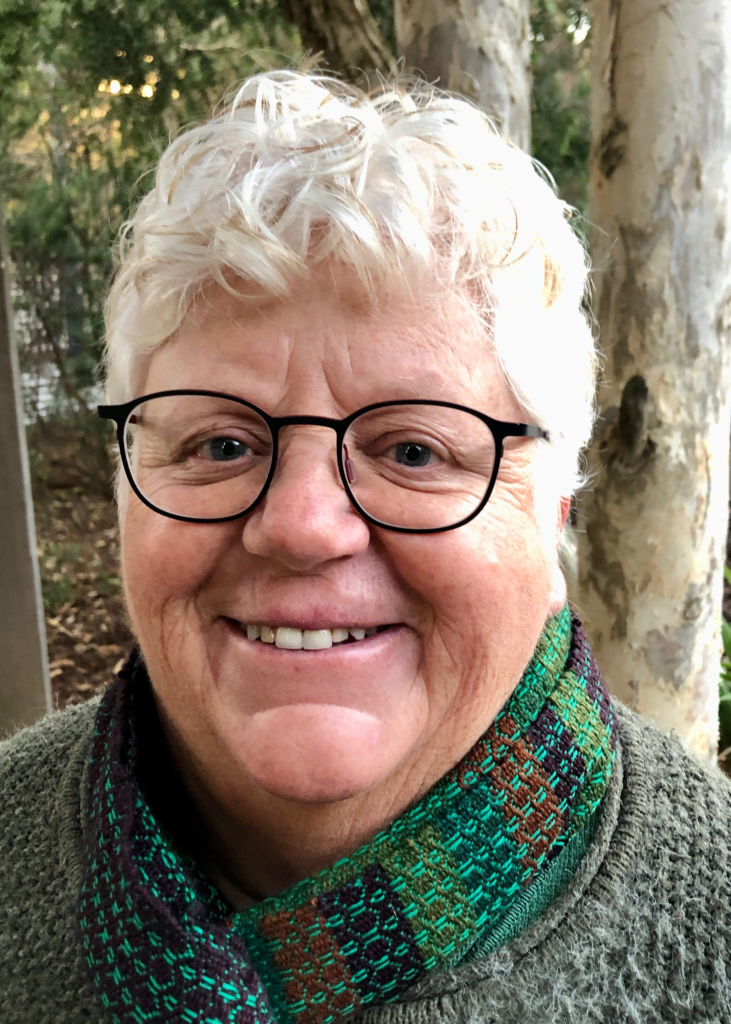As we proceed on the reform journey, this article might be read as a series of provocations ‘from the back seat’.

Much effort has been expended on documenting and proposing to address all that is wrong with Australia’s aged care system, including most notably the Final Report of the Royal Commission into Aged Quality and Safety, and the associated Government Response.
Together with its 5-Point Plan, the Labor Government has continued with reforms begun under the Coalition, including introducing the new AN-ACC funding model for residential aged care. But so far, both Governments have largely ignored Royal Commission findings and recommendations concerning allied health.
For example, in residential aged care there is no mandatory allied health equivalent of nursing and personal care minutes, and allied health spending from total AN-ACC funding is left to the discretion of increasingly financially pressured providers.
Government and the Department of Health and Ageing claim that allied health expenditure will be four per cent of total care funding, or $700 million. But AHPA’s calculations show that at very best, the Royal Commission’s average of eight minutes per resident per day will only be increased by less than a minute. At worst, residents could end up receiving 4.6 minutes. Allied health provision has already decreased since the Royal Commission findings, to 5.3 minutes.
Comparing average allied health service provision figures
Allied health staffing in residential aged care is also continuing to drop, or at best to flatline. Equally concerning is the significant proportion of workers who are allied health assistants. Although valuable contributors to the workforce, assistants are less qualified than allied health professionals, and therefore either require supervision or are simply not suited, nor lawfully permitted, to carry out some essential allied health tasks.
A rare ‘deep dive’ into allied health service also shows inadequate provision of occupational therapy and podiatry, with other professions such as counselling, psychology, exercise physiology, osteopathy and music or art therapy not even appearing as categories in aged care data.
The Department insists that allied health will be adequately provided, citing providers’ obligations under the Aged Care Act and Quality Standards. These duties refer to assessing and addressing ‘needs’ and applied long before the Royal Commission. Yet the latter’s Recommendations 36 and 38 to address inadequate allied health are strikingly similar: ‘ensur[ing] care [home or residential] includes a level of allied health care appropriate to each person’s needs.’
Given that apparent paradox, what should needs-based assessment and service provision look like, and how can it be assured? Royal Commission recommendations emphasise clinically assessing each person, ideally via a multidisciplinary team, against the full range of potentially available allied health services that could help maintain their wellbeing and assist reablement. These assessed needs must then be met via ring-fenced funding and coordinated care planning.
Government response to date is to propose an assessor workforce, which for residential care determines the AN-ACC funding classification, and for home care determines the range of total service needs, for each person. Detailed clinical allied health assessment is only a possible separate pathway, depending upon whether the assessor has the training and knowledge to decide on referral to an appropriate allied health professional. Currently there is no standardised care planning tool proposed for residential or home care, and of course no dedicated funding mechanism to ensure delivery of any required allied health services.

Detailed data on allied health provided in aged care has always been thin on the ground, and proposed reforms only go a small way to address this. Providers will be required to report cost and time spent delivering allied health, but for residential care this only includes physiotherapy, occupational therapy, speech pathology, podiatry and dietetic care. The rest of allied health is aggregated into ‘other’. Allied health in home care will be reported for the first time, but as an undifferentiated category.
In the absence of any clear commitment to allied health provision, the purpose of even this level of reporting is not clear, with recent Department communication suggesting ‘so that we can monitor to ensure allied health continues to be delivered’ and ‘for policy development reasons.’
The Royal Commission stressed that ‘reablement’, or where this is not possible, at least preserving capacity, should be a central focus of aged care. Although the Final Report does not directly elaborate on this concept, it makes a strong direct connection between reablement and allied health care:
‘The aged care system must support the delivery of allied health care in a way that is person-centred and focuses on the whole person, their goals and quality of life. It must focus on wellness, prevention, reablement and rehabilitation and extend beyond physical health to a multidimensional view of wellbeing.’
It follows that allied health service provision must be increased, so that allied health becomes ‘an intrinsic part of residential care’, and home care includes: ‘the allied health care that an older person needs to restore their physical and mental health to the highest level possible—and to maintain it at that level for as long as possible—to maximise their independence and autonomy. Throughout our inquiry, many witnesses described the crucial role of allied health in maintaining mobility and functionality and providing restorative care in response to acute events.’
But where is reablement in the reforms? Its main appearance is in official references to the AN-ACC jettisoning of the ACFI requirement for reassessment and reassignment of a resident to a lower payment class if their capability improves. This welcome change was recommended by the Royal Commission to encourage providers to invest in restorative care and reablement services. However, costs saved by providers will not make up the allied health funding deficit.
And shouldn’t ‘reablement’ also underpin the framing of quality indicators and star ratings – and therefore necessitate allied health provision targets and guarantees?
Finally, we haven’t even begun to publicly discuss what a human rights-informed Aged Care Act should look like. Shouldn’t this have happened much earlier? We’ve just started to navigate the complex journey – but have we got the right map to tell us where we should be going? Did we forget to pack something? Worse, did we leave the baby behind? Stop the car!

Author: Dr Chris Atmore, Manager, Policy and Advocacy










